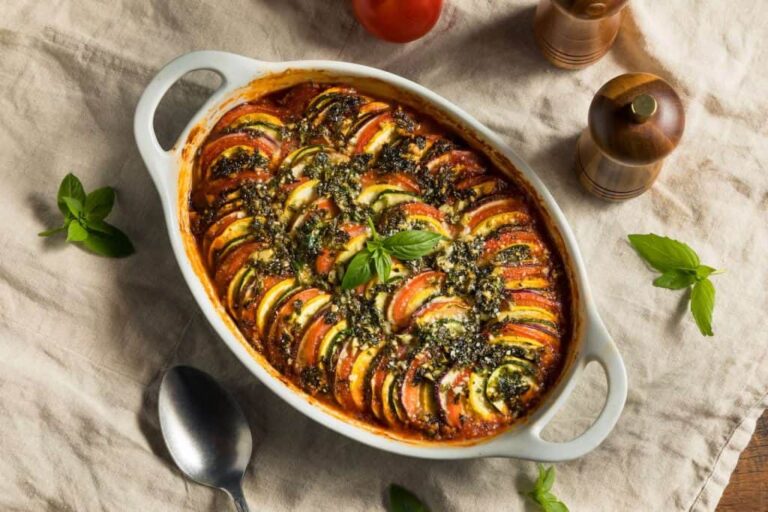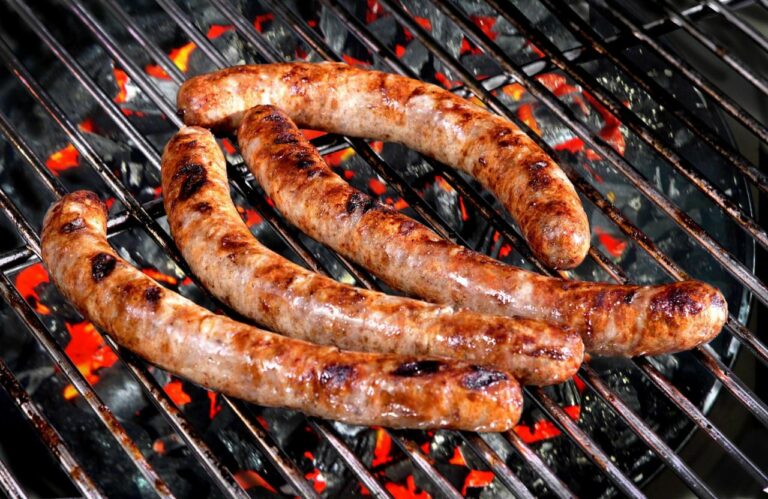Introduction to Wine Pairing
Wine pairing is the process of selecting the appropriate wine to complement the flavors of a particular dish. The right pairing can enhance the flavors of both the food and the wine, leading to a heightened culinary experience. In France, wine is an essential part of the dining experience, and pairing wine with French cuisine is a well-established tradition.
The Basics of French Cuisine
French cuisine is known for its complexity and attention to detail. It is characterized by the use of rich sauces, butter, herbs, and spices. French cuisine is also highly regional, with each region having its own unique specialties. The most famous French dishes include Coq au Vin, Bouillabaisse, Ratatouille, Escargots, and Crème Brûlée.
Red, White, and Rosé Wines for Pairing
Wine pairing with French cuisine is often based on the color of the wine. Red wines are typically paired with red meats and hearty dishes, while white wines are paired with fish, poultry, and lighter fare. Rosé wines, with their refreshing acidity, are perfect for pairing with salads and seafood.
Classic Wine Pairings with French Dishes
Some classic wine pairings with French dishes include pairing a robust Bordeaux with a steak, a Chardonnay with seafood, or a sparkling wine with a cheese plate. Champagne is often paired with oysters, while a Burgundy pairs well with Coq au Vin. For dessert, a Sauternes is a perfect pairing with a Tarte Tatin.
Regional Wine Pairings in French Cuisine
Each region of France has its own unique wines that pair perfectly with the local cuisine. In Burgundy, a Pinot Noir pairs well with a Boeuf Bourguignon, while a Syrah from the Rhone Valley is a perfect pairing with a Cassoulet from the Southwest. In the Loire Valley, a Sauvignon Blanc is the ideal pairing for a fresh seafood dish.
Tips for Perfecting Your Wine Pairing Skills
When pairing wine with French cuisine, it is essential to consider the flavors and spices used in the dish. It is also important to choose a wine that complements the texture and weight of the food. Don’t be afraid to experiment and try new pairings. And remember, the most important thing is to enjoy the experience and savor each sip and bite.


